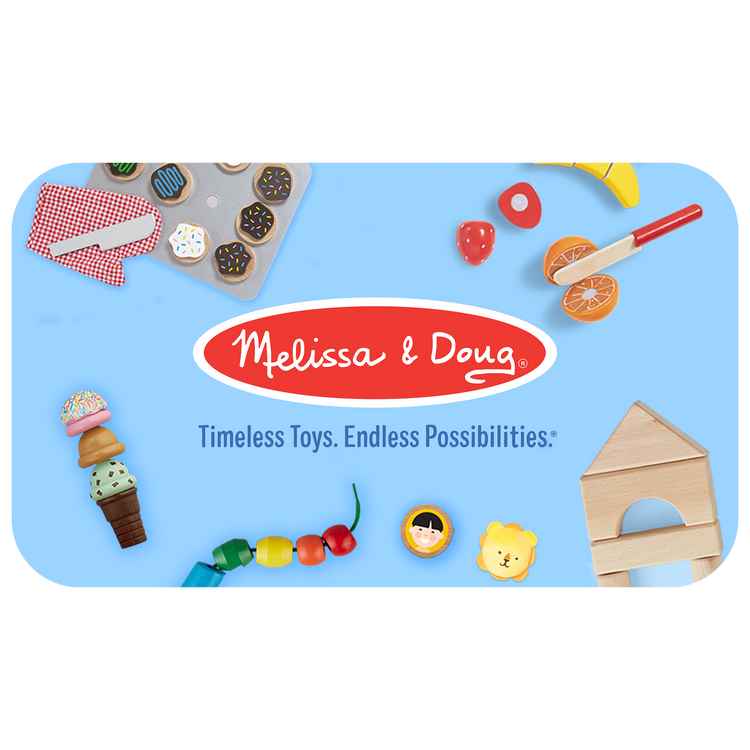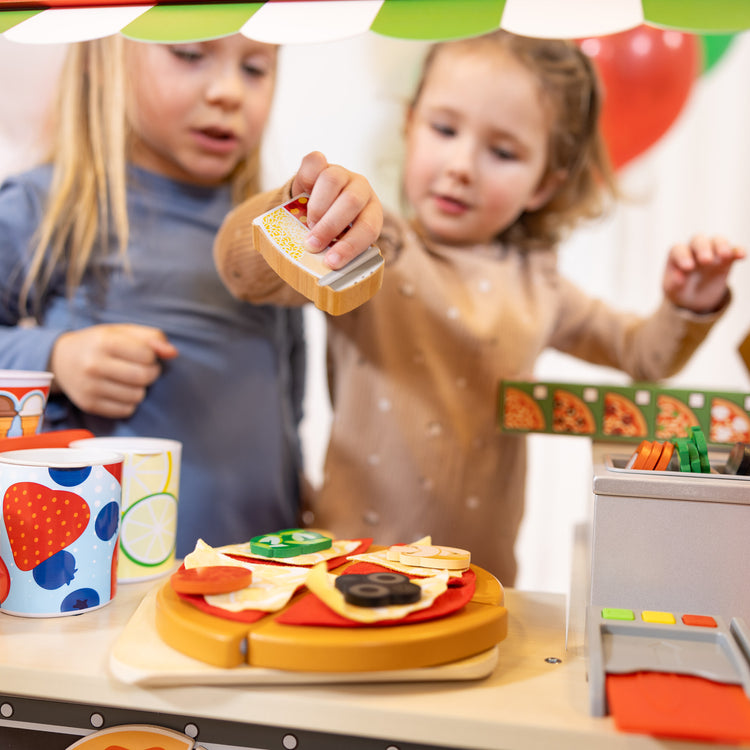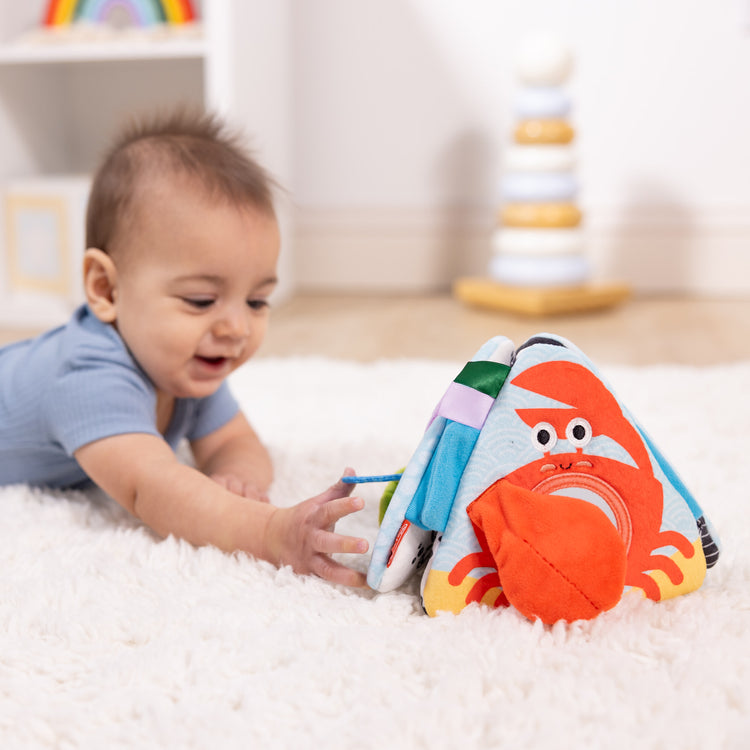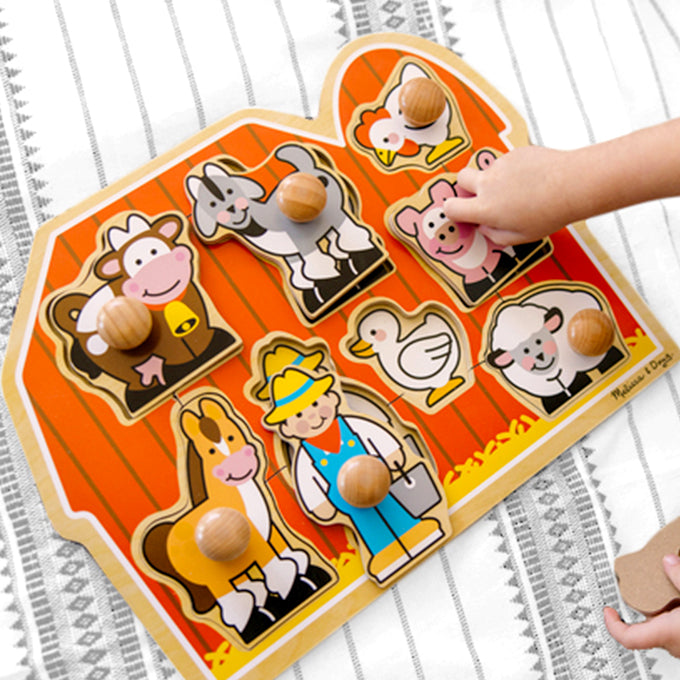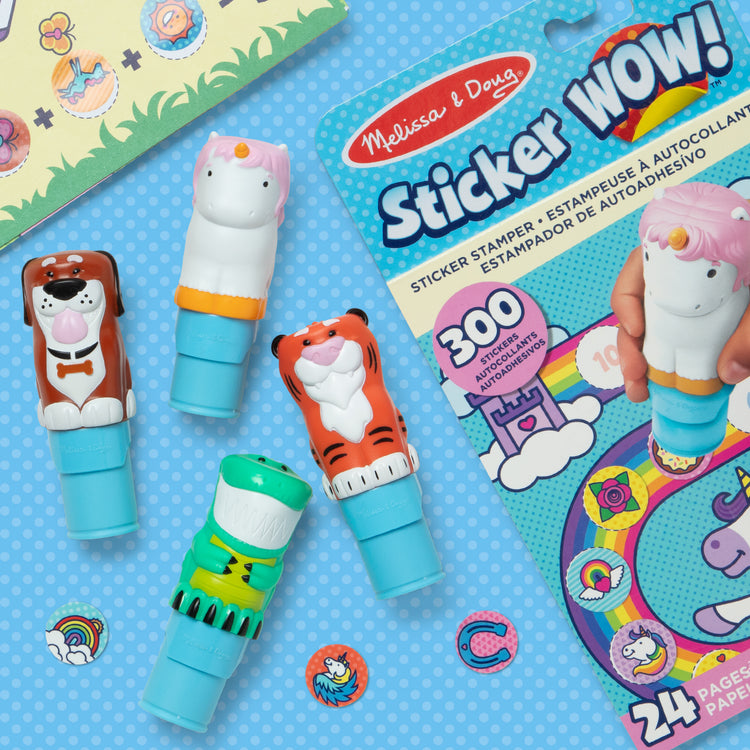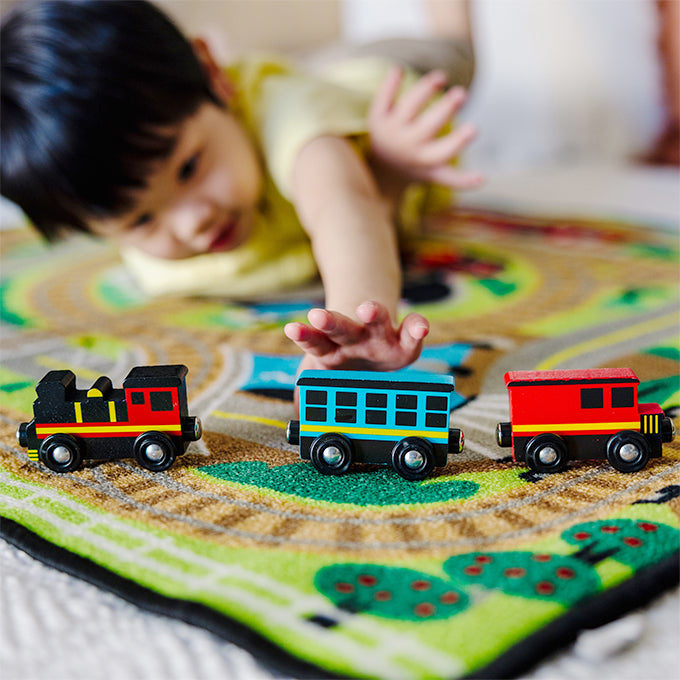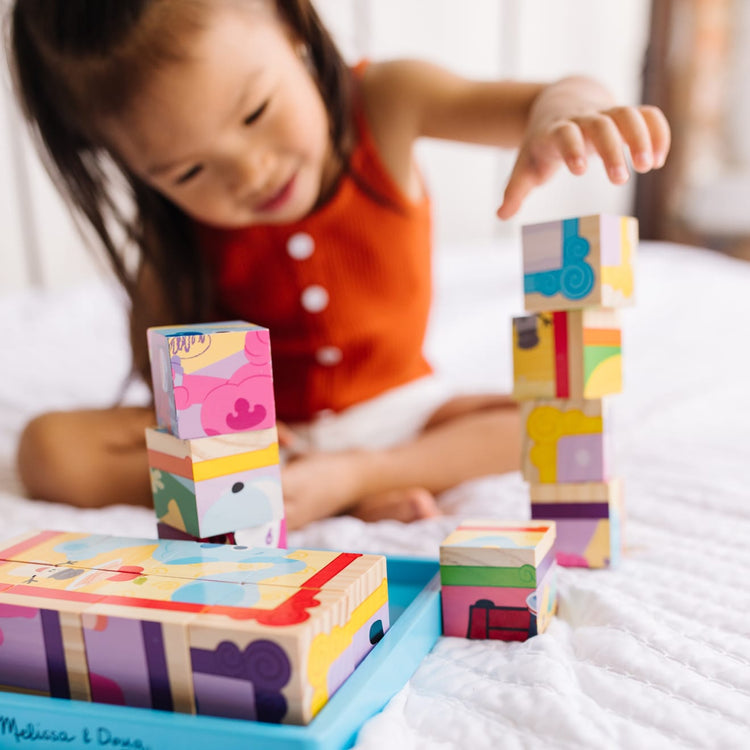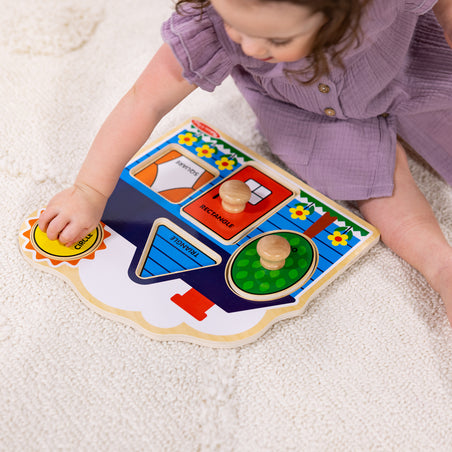Mister Rogers once said “Play is the work of childhood.” I’m guessing children don’t see it as work, but from an adult point of view, it is true that play is the main childhood activity that results in growth and mastery through problem-solving.

What does “problem-solving” look like to a child? It could be something they are motivated to do, but don’t know how to d, and need to figure it out as they go. It is when things are going smoothly and an unexpected glitch arises. It sometimes arises from the natural variation that occurs when doing things over and over — like throwing a ball, trying out a dance move, or building a tall tower. They might figure things out all on their own or with a little scaffolding from a caregiver.
For an infant, this might look like: How do these cups stack or fit together? What noise do these things make?
For a toddler’s mind, problem-solving might look like: How does this work? How do I fit this puzzle piece in here? Or unlatch this door?
If you’re a preschooler, it might be: How do I find the right shape that fits with this one? How do I pretend to be a fireman when I don’t have any equipment?
For a kindergartener, problem-solving play could involve: How do I climb this tree (and get down again)? How can I build a fort that will stay up when I crawl inside it?
It is through these everyday play experiences that children internalize 2 things: 1) a mental model of how the world works, and 2) a sense of competence that they can figure things out and handle new challenges. Caregivers can help kids learn problem-solving through play a few ways:
-
Change things up. I like to rotate toys (putting some in a bin in storage) so that toys feel novel to my kids, if they haven’t played with them for a while. This gets them to approach toys with a fresh outlook and new way of playing.
-
Keep it free-form. Kids don’t need to follow instructions or drill on letters and numbers. If play is more unstructured — like exploring outdoors or building something new — there are more chances for problem-solving.
-
Recycle your recycling. For preschool-aged kids and older, try creating crafts or contraptions out of items you would otherwise put in your recycling bin: cardboard, paper bags, egg cartons, etc. If they’re not sure what to do, give a few ideas: “Should we build a robot that cleans your room? Should we build a super-tall tower for your figurines, or an obstacle course for your stuffies?”
-
Embrace the friction. Remember that problem-solving involves a little friction, which means sometimes kids will get cranky or say they can’t do it. This is a good time to practice handling big emotions and then picking small parts of your project to complete to give them a small victory.
I sometimes hear from parents that their children don’t want to feel the “friction” of problem-solving when they are used to the “frictionless” experience of watching videos or playing tablet games. My advice is to keep the screen-based activities to a predictable time of day so that kids aren’t asking for them whenever they feel bored or frustrated. Some kids feel more motivated and satisfied figuring things out on their own, while others will resist — and that’s OK! Trust your knowledge about what motivates your child, how big of a challenge they can handle, and how much they need your help — you might enjoy problem-solving around that yourself!

